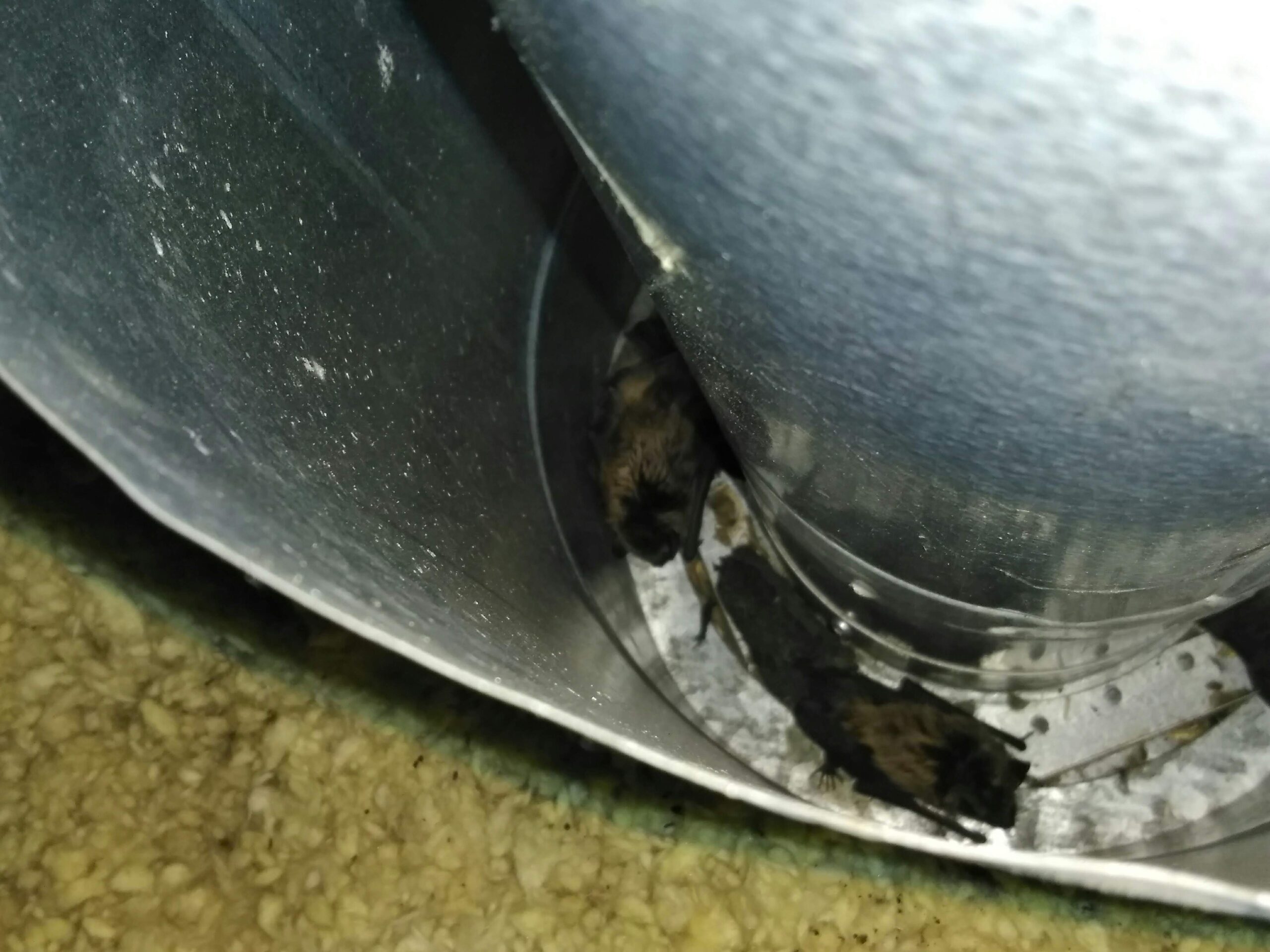Three species of endangered bats have recently curbed a very important and long-awaited industrial park project in the city of Ancaster. Plans to extend a road out of the Ancaster Industrial Park – plans that were in place for no less than 12 years – had to be placed on hold yet again. Why? Because the area that the road was planned to be built through represented suitable habitat for the tri-coloured, northern myotis and the little brown myotis bats, all of which are on Canada’s species at risk list. Some 20 hectares of the surface destined to become the new road put a halt to the development plans.
Why the Commotion, You May Ask?
The main reason is the fact that all three of the species are currently classified as being endangered in Canada – each of the species is small, weighing about 7.4 grams on average, and feeds primarily on insects. At the same time, only the little brown myotis will commonly den inside buildings and structures. It prefers day roosting in most visible areas, such as around streetlights and lakes. On the other hand, the northern myotis can be commonly found throughout forests and a variety of habitats are home to the tri-coloured bat. The problem is, as many as 6.7 million bats of several species, though mostly little brown myotis, have died throughout eastern Canada and the northeastern U.S. over the last six years, according to the Committee on the Status of Endangered Wildlife in Canada (COSEWIC). Also according to COSEWIC, this is in no small caused by a fungal infection called white-nose syndrome, which most likely originated somewhere in Europe.

A Good Enough Solution?
Luckily, a solution was found for the lost habitat that allowed the project to continue. It was decided that boxes will go up on a number of surrounding buildings in order to serve as nesting areas for the bats. In cases like these, this is considered common practice. At the same time, there are concerns regarding whether this is a good enough solution due to the fact that it is only the little brown myotis that dens inside buildings and other similar structures. The remaining two species of bats are typically found in different habitats.
Concerned About the Safety of the Bats in Your Home, Contact Skedaddle
When it comes to situations in which bats invade private residences and homes, the first thing many think about is trying to solve the problem by themselves. This is not the recommended option for a number of reasons, mostly because of safety and the possibility of potentially harming the bats themselves, especially if they’re members of a similarly endangered species. That is why this is best left to professional bat exclusion specialists such as Skedaddle Humane Wildlife Control. Skedaddle has been in business for nearly three decades and has pioneered a number of humane removal and exclusion methods. Skedaddle takes great care of every invader they remove, in addition to providing cleaning and sanitization services, as well as future proofing of your home as the final step. Get in touch with Skedaddle today to ensure the safety of both your home and the bats that would be your roommates.



